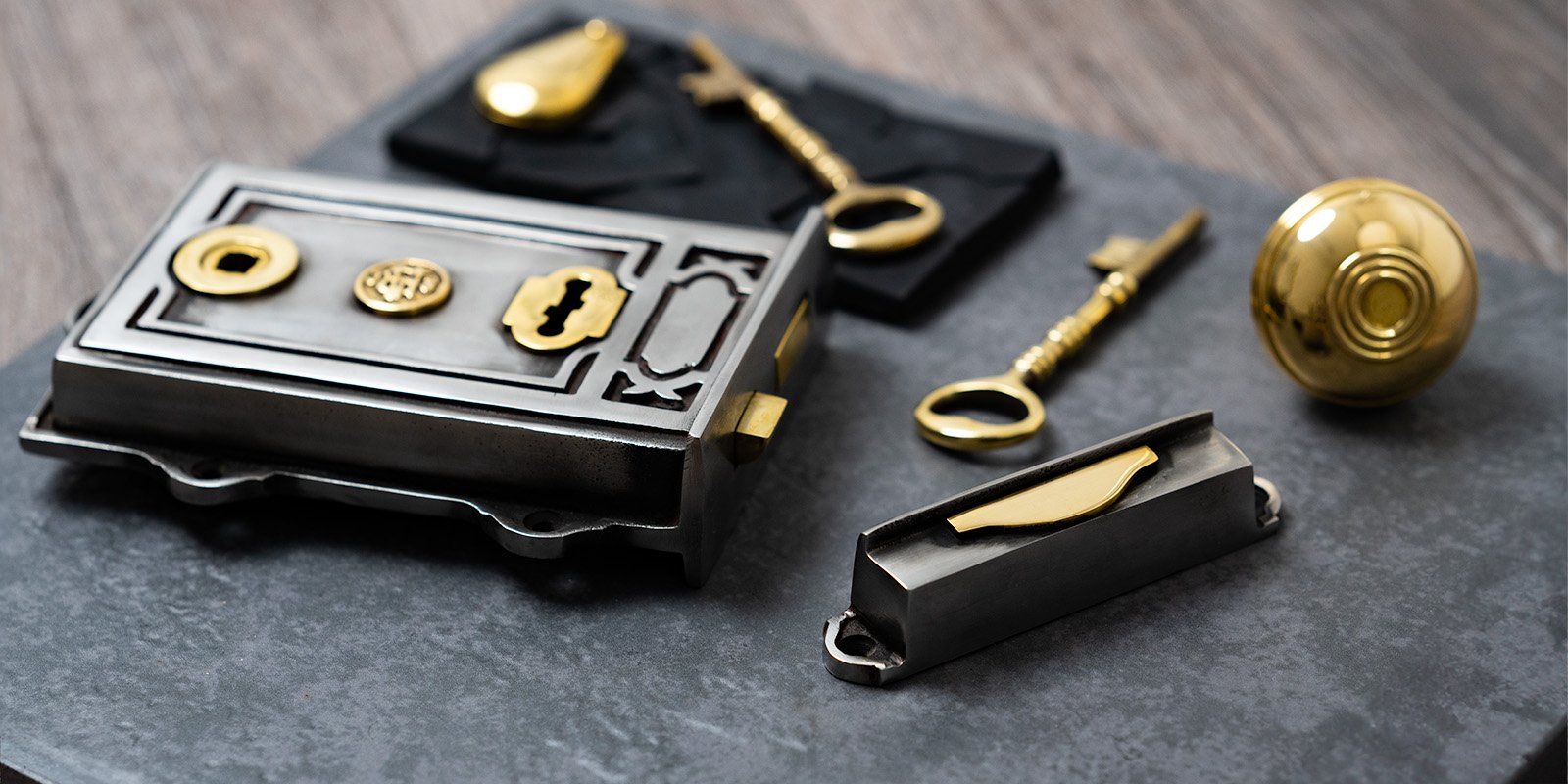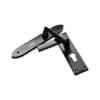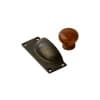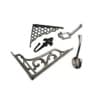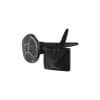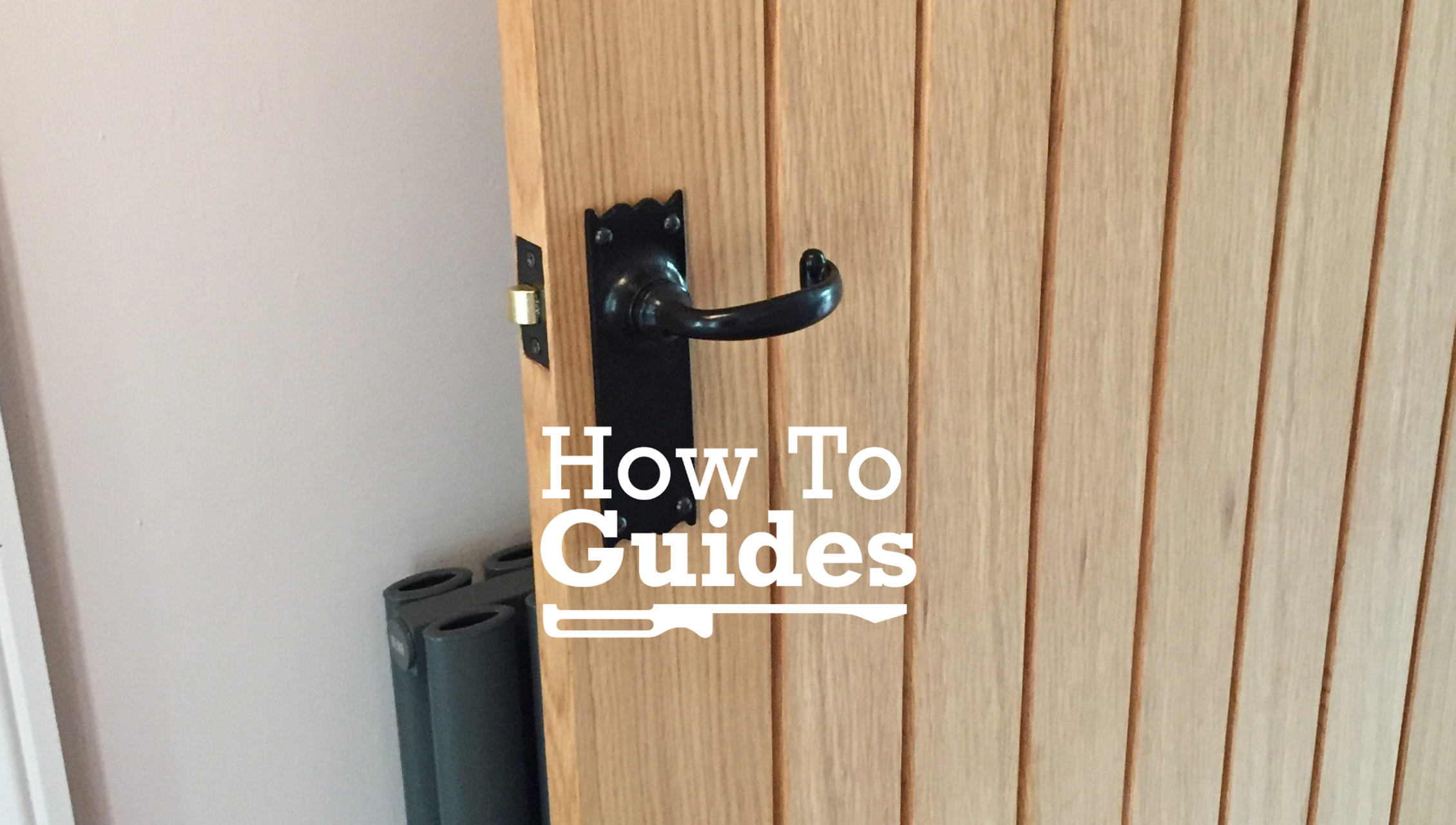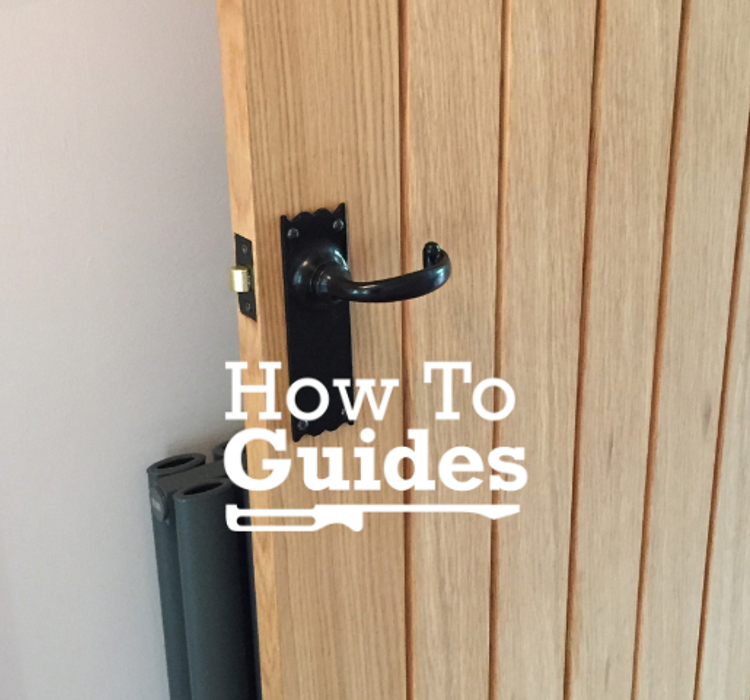Step-by-Step Guide For Mortice Fitting A Tubular Latch
Follow a professional carpenter as he takes you through the steps for fitting a tubular latch. Our helpful DIY guide lists all the tools you will need as well as how to properly mortice fit the latch.
Video Highlights
- 0:00 Intro
- 2:06 Tools Required
- 2:28 Measurements
- 2:50 Drilling
- 3:10 Prepare Latch for Install
- 3:43 Chiselling
- 3:59 Fixing the Latch
- 4:06 Installing the Striker Plate
- 5:14 Outro
Choosing a Tubular Latch
The type of tubular latch you choose to fit will depend upon whether you are installing a lever handle or a door knob, and whether the handle/knob is sprung or unsprung.
Lever Handles: These are usually fitted with a 2 or 2.5 inch tubular latch. Most lever handles are sprung, therefore a standard tubular latch is adequate to give a positive return to the handle.
Door Knobs: In order ot prevent knuckles rapping on the door surround, a longer tubular latch is required for a door knob. A minumum of 3 inches is recommended, with a 4 inch tubular latch being the ideal size for fitting with a door knob. Most door knobs are unsprung, and will require a double sprung heavy duty tubular latch for optimum function.
How To Fit A Tubular Latch: Tools Needed
Before you start, make sure you have these tools for the job: pencil, tape measure, set square, craft knife, chisel, electric drill, pilot drill, countersink bit, and a 20mm & 10mm Forstner drill bit.

Step 1. Taking Measurements
- Once you have decided on the correct positioning of your lever handle or door knob, mark a line on the edge of the door with a set square where the tubular latch will be fitted.
- Mark the hole where the mortice bar will fit and transfer the lines on each side of the door.

Step 2: Drilling with a 20mm bit
- With the door held securely in place, drill a hole into the edge of the door using the 20mm drill bit.
- Make sure you drill deep enough to accomodate the length of the latch.

Step 3: Drilling with a 10mm bit
- Using the 10mm drill bit, drill the clearance holes on either side of the door for the mortice bar to connect the two sides of the lever handles/door knobs.
- Remember to drill from both sides rather than straight through to avoid any break out.

Step 4: Prepare Latch For Installation
- Offer the latch up to door.
- Making sure that it is square, mark the x2 fixing holes with a pencil.
- Drill the pilot holes.
- Using the countersink bit, remove the excess materials to allow the latch to fit flush against the door.

Step 5a: Cut Around Latch
- Offer latch back to the door.
- Fix in place with screws.
- Using a sharp craft knife, carefully cut around the latch plate and then remove latch.

Stage 5b: Chisel Excess
- With a sharp chisel, remove enough material to ensure the latch fits flush against the wood.
- Using the countersink drill bit, countersink both holes to allow the plate to fit snugly.

Step 6: Fixing The Latch
- Now the latch can be fixed permanently in place.
- Drill the screws in place firmly.

Step 7: Installing The Striker Plate
- Partially close the door to mark where the striker plate needs to be fitted.
- With a pencil, mark the x2 fixing holes.
- Drill x2 pilot holes

Step 8: Marking out the plate
- Offer the striker plate to the door and screw inplace for marking out.
- With a sharp craft knife, mark around.

Step 9: Chisel Door Frame
- With a sharp chisel, remove enough wood for the striker plate to fit flush to the frame.
- Countersink both pilot holes using the countersink drill bit.

Step 10: Fit Striker Plate
- You can now fit the plate for the final time.
- Screw firmly in place.

Step 11: Remove Stock Material
Finally, using a narrow chisel, remove enough stock material from within the striker plate to allow the catch to fit once the door is closed.

Now you have successfully fitted your tubular latch, please watch our next video where we will show you how to install an unsprung door knob.
Comments




